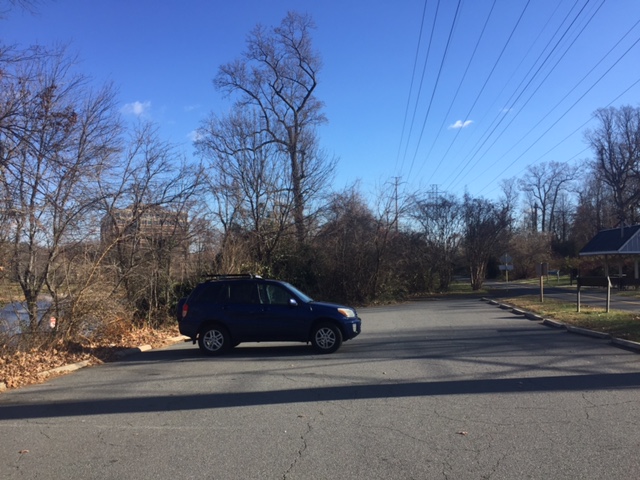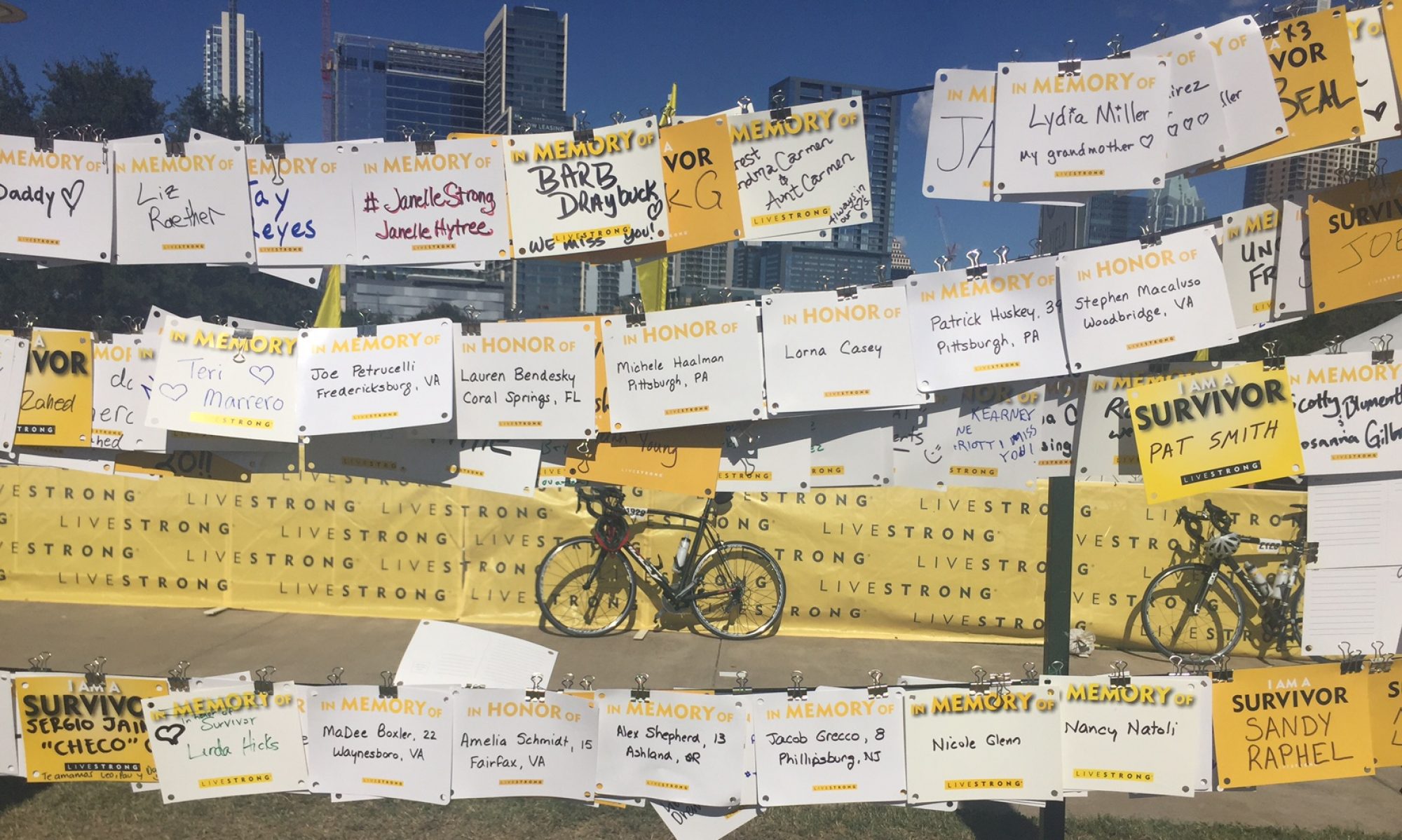RESTON, VIRGINIA
This is not so much about one ride. I rode 15 times in December, mostly on the W&OD. The first one was from Leesburg to Woodbridge but the rest were just the W&OD with a couple at Occoquan at the end of the month. I was chasing miles. I don’t like chasing miles.
Every ride was windy but some days the wind was much worse than others. And cold. On December 9 I saw but five cyclists over 33 miles. On a normal day I may see north of 100.

For a while this year I thought I might set a new personal annual record. But with my dad’s demise, I left 400-500 miles on the table being with him in September including days driving back and forth to Somerset when I didn’t get to ride.
But I had a push in November and entered December needing 450 to get to 8,000. I thought I could make it. Many days were cold. Windy. Gray. And of those I think gray is the worse. But the day before Christmas Eve I hit 8000. And then three more rides took me to 8,100 where I would finish the year.
Those were long rides. To be out in the cold for 2-4 hours just wears on you, especially with wind. And I often struggle as to what to wear and found this article in RoadBikeRider.com, What to Wear in Changing Weather (19 Oct 2015). The guidelines were authored by Coach David Ertl.
Here is my approach to dressing for the temperature. Like you, John, my weak link is my toes. They are often the limiting factor. If head, hands, feet are not mentioned below, then I do nothing special for them.
70 Degrees (21C): Shorts and short-sleeve jersey.
60 Degrees (15.5C): Shorts and long-sleeve jersey or long-sleeve thin undershirt.
50 Degrees (10C): Tights or leg warmers; heavy long-sleeve jersey with sleeveless or short-sleeve wicking undershirt; or lightweight long-sleeve jersey with long-sleeve undershirt.
45 Degrees (7C): Tights or leg warmers; long-sleeve wicking undershirt and lined cycling jacket; thin full-fingered gloves; headband covering ears; wool socks and shoe covers.
40 Degrees (4.4C): Tights or leg warmers; long-sleeve heavy mock turtleneck (I like Under Armour) and lined cycling jacket; medium-weight gloves; headband covering ears; winter cycling shoes, shoe covers, wool socks.
35 Degrees (1.7C): Heavyweight tights; long-sleeve heavy wicking turtleneck undershirt and heavy cycling jacket; heavy-weight gloves; headband covering ears; winter cycling shoes, shoe covers, wool socks with charcoal toe warmers.
30 Degrees (-1C): Heavyweight tights; long-sleeve heavy wicking turtleneck undershirt and heavy cycling jacket; heavy-weight gloves; lined skullcap; winter cycling shoes, shoe covers, wool socks with charcoal toe warmers.
Regarding the charcoal toe warmers. I find these help add another half hour to the time I can ride when it’s 35 and below. I buy these in bulk at Costco, where they are about 50 cents per pair. Sweat will deactivate these. Feet sweat when covered with shoe covers – even on the coldest days. Therefore, to help them last longer, I stick the toe warmers to the outside of the toes of the shoes and then put the shoe cover over these, instead of putting the charcoal packets inside the shoe.
I also put my toes in a sandwich plastic bag to help keep the moisture in the toebox of the shoe. When it gets really cold (<25 degrees), I put my whole foot into a plastic bag (Subway or newspaper bags work well).
To be fully equipped for all temperatures, your riding wardrobe must be quite extensive, especially if you want a couple of each item. Over the years, I have developed quite a collection of all weights of clothing.
My Comments to David’s Text
I notice you don’t seem to use arm warmers. Or bib knickers. I would throw both of those into the mix for low- to mid-50s (knickers) to low 60s. And arm warmers (often with a light short-sleeve base layer and normal jersey) for mid-50s to low-60s.
I like arm warmers for their versatility in adapting to a range of temps. Especially if you start low and go up 10-15 degrees on the ride.
As for knickers, I love them! Just for the same reason you like long-sleeve jerseys, I suspect. They cover my knees, which I like to keep covered below, say, low 60s. And I never have to mess with adding another garment (knee or leg warmers).
To Which David Replied
I don’t use arm warmers or leg warmers. I prefer tights and long sleeves. And I have never understood the purpose of knickers. Why cover everything except that last 4 inches below the calf? I just use tights for everything.
I agree though, you can mention a choice of tights, leg warmers, knickers. They basically cover the same situation.
Wind, being out in the open, and sunny vs. overcast conditions also impact how warmly we need to dress. If it is cloudy or windy, I’d suggest dropping down to the next colder level. If it is sunny and calm (or you are leaving in the morning and know it will warm up a couple of temperature ranges during the ride), I will bump up to the next warmer level.
Coach David Ertl is a USA Level 1 cycling coach with the Peaks Coaching Group. He also is a national coach for the JDRF Ride To Cure Diabetes Charity Ride program and writes the training blogs for RAGBRAI, the weeklong ride across Iowa every summer.
___________________________________________________________
And there you have it. My own comments would be a long sleeve undergarment is good for a day when the temperatures aren’t changing. In fact I often wear that. But knee or arm warmers are great when it’s chilly but the forecast is for warming later in the ride so that they can be removed. For much of December I wore thermal bibs with Livestrong leg warmers. Only my fingers got cold.

